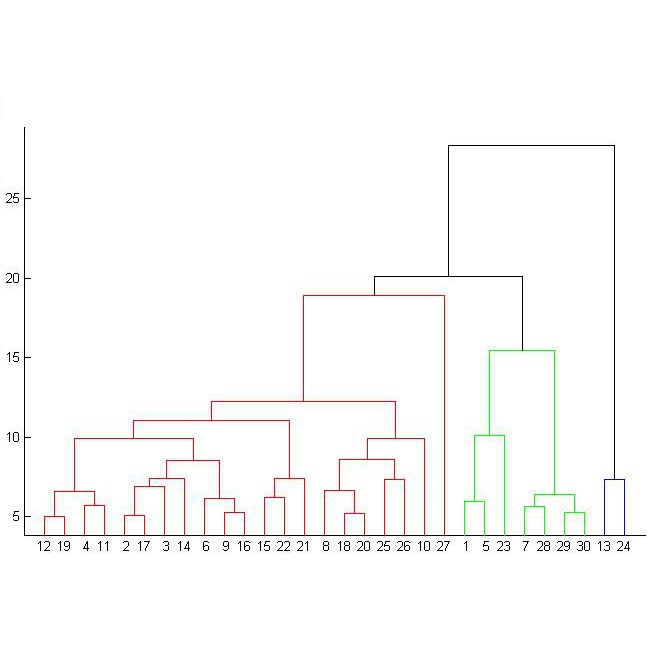Mobile apps and wearable devices accurately and continuously measure human activity; patterns within this data can provide a wealth of information applicable to fields such as transportation and health. Despite the potential utility of this data, there has been limited development of analysis methods for sequences of daily activities. In this paper, we propose a novel clustering method and cluster evaluation metric for human activity data that leverages an adjacency matrix representation to cluster the data without the calculation of a distance matrix. Our technique is substantially faster than conventional methods based on computing pairwise distances via sequence alignment algorithms and also enhances interpretability of results. We compare our method to distance-based hierarchical clustering and nTreeClus through simulation studies and an application to data collected by Daynamica, an app that turns sensor data into a daily summary of a user's activities. Among days that contain a large portion of time spent at home, our method distinguishes days that also contain multiple hours of travel or other activities, while both comparison methods fail to identify these patterns. We further identify which day patterns classified by our method are associated with higher concern for contracting COVID-19 with implications for public health messaging.
翻译:暂无翻译




